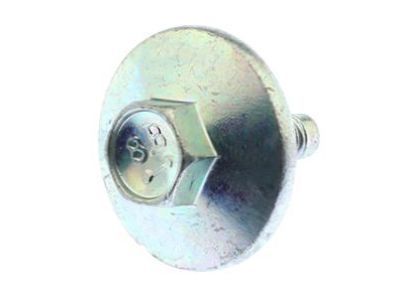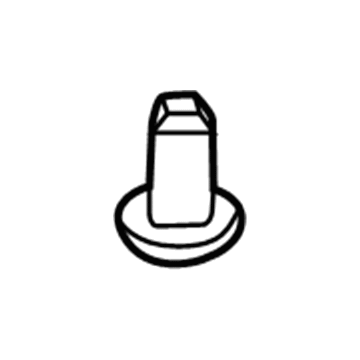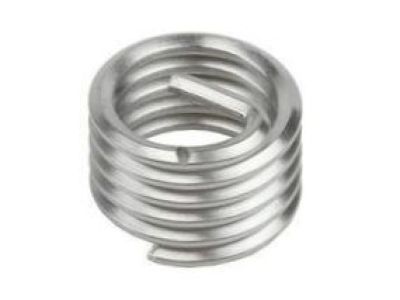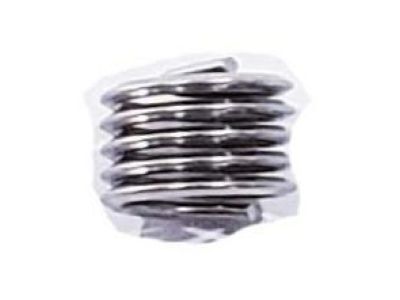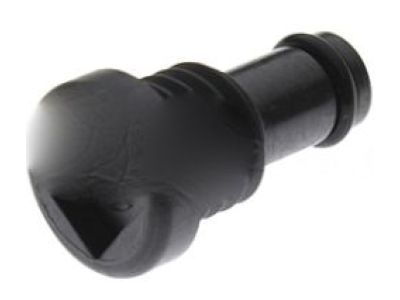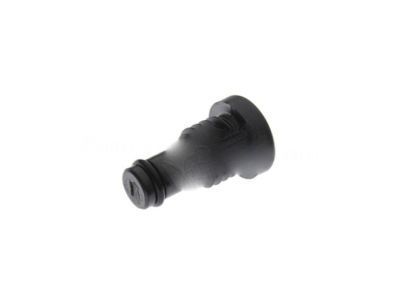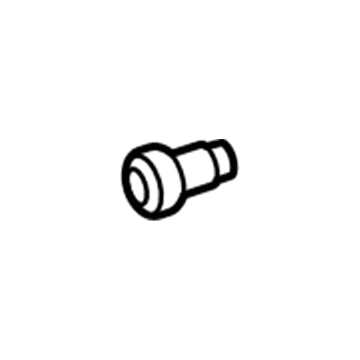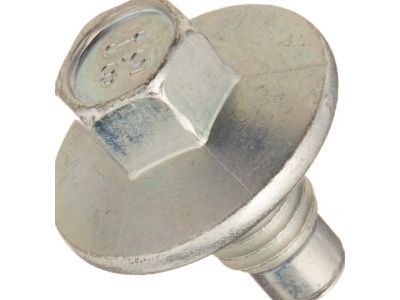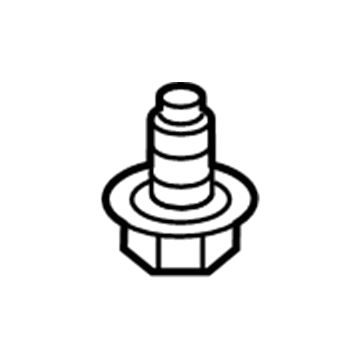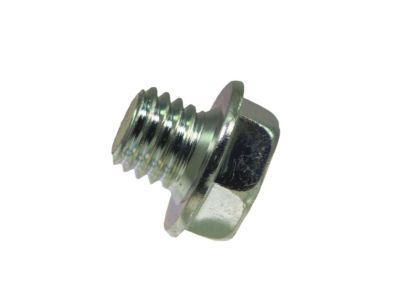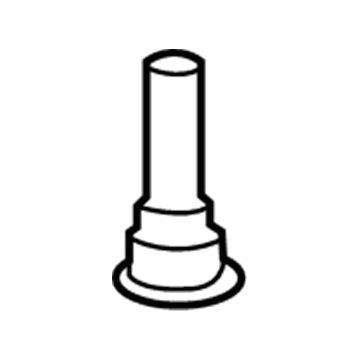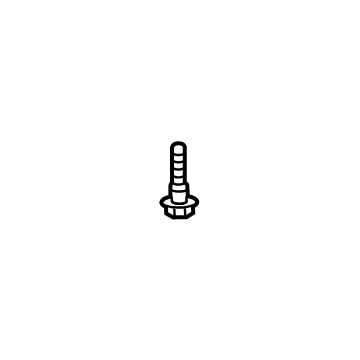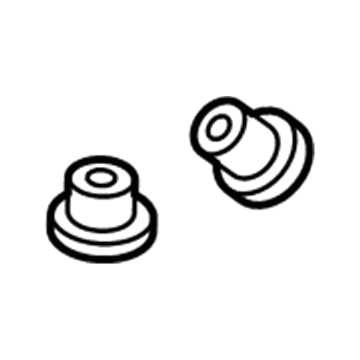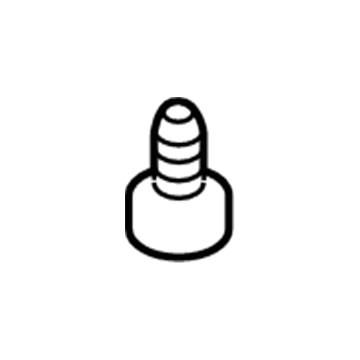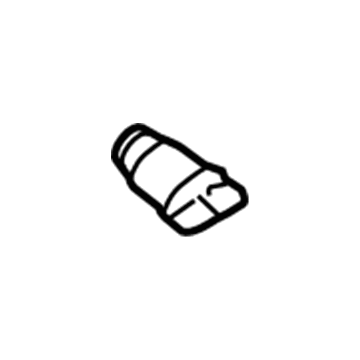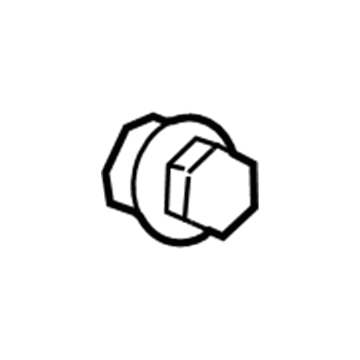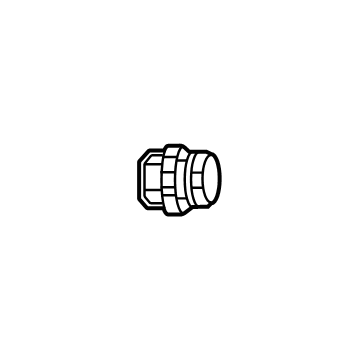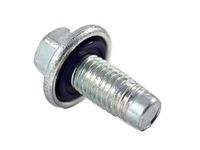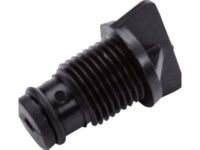ChevyParts
My Garage
My Account
Cart
OEM Chevrolet Drain Plug
Oil Drain Plug- Select Vehicle by Model
- Select Vehicle by VIN
Select Vehicle by Model
orMake
Model
Year
Select Vehicle by VIN
For the most accurate results, select vehicle by your VIN (Vehicle Identification Number).
61 Drain Plugs found

Chevrolet Drain Plug Part Number: 24267298
$15.79 MSRP: $24.72You Save: $8.93 (37%)Ships in 1-3 Business DaysProduct Specifications- Other Name: Plug, Transmission Case; Transmission Pan Drain Plug; Transmission Pan Plug; Plug; Plug, Transmission Oil Filler; Plug, Transmission Oil Pan

Chevrolet Drain Plug Insert Part Number: 11503302
$4.69 MSRP: $7.35You Save: $2.66 (37%)Ships in 1-3 Business DaysProduct Specifications- Other Name: Insert, Oil Pan Drain Plug Thread; Insert, Engine Oil Pan Drain

Chevrolet Drain Plug Part Number: 89025034
$7.68 MSRP: $12.03You Save: $4.35 (37%)Ships in 1-3 Business DaysProduct Specifications- Other Name: Plug, Radiator; Radiator Drain Plug; Intercooler Drain Plug; Plug, Turbocharger/Supercharger Oil Drain

Chevrolet Drain Plug Part Number: 24234212
$7.18 MSRP: $11.25You Save: $4.07 (37%)Ships in 1-2 Business DaysProduct Specifications- Other Name: Plug, Engine Oil Pan Drain; Transmission Pan Drain Plug; Plug, Transmission Main Control Valve Body; Plug, Transmission Oil Pan

Chevrolet Drain Plug Part Number: 93741381
$5.67 MSRP: $8.90You Save: $3.23 (37%)Product Specifications- Other Name: Plug, Transmission Oil Pan
Chevrolet Drain Tube Part Number: 25188129
$5.10 MSRP: $7.99You Save: $2.89 (37%)Ships in 1-3 Business DaysProduct Specifications- Other Name: Plug, Transmission Oil Pan
Chevrolet Drain Plug Part Number: 55588255
$11.30 MSRP: $17.72You Save: $6.42 (37%)Product Specifications- Other Name: Plug-Oil Pan Drain; Oil Drain Plug; Plug, Engine Oil Pan Drain
Chevrolet Drain Plug Part Number: 12695699
$23.18 MSRP: $36.32You Save: $13.14 (37%)Ships in 1-3 Business DaysProduct Specifications- Other Name: Plug Assembly-Oil Pan Drain; Oil Drain Plug; Plug, Engine Oil Pan Drain
Chevrolet Differential Plug Part Number: 55573646
$4.94 MSRP: $7.73You Save: $2.79 (37%)Ships in 1-2 Business DaysProduct Specifications- Other Name: Plug, Transfer Case Fill; Differential Cover Plug; Rear Axle Filler & Drain; Front Axle & Center; Oil Plug; Lubrication; Transfer Case.
- Replaces: 13297321
Chevrolet Drain Plug Part Number: 25188130
$5.61 MSRP: $8.81You Save: $3.20 (37%)Ships in 1-3 Business DaysProduct Specifications- Other Name: Plug, Transmission Oil Pan
Chevrolet Adapter Plug Part Number: 9427695
$4.59 MSRP: $7.20You Save: $2.61 (37%)Ships in 1-3 Business DaysProduct Specifications- Other Name: Plug-Intake Manifold Core; Plug, Engine Fuel Intake Manifold; Oil Distribution; Cylinder Head; Oil Pan Drain; Oil Filter; Threaded; Standard Parts
Chevrolet Radiator Drain Plug Part Number: 19130563
$12.48 MSRP: $19.54You Save: $7.06 (37%)Ships in 1-3 Business DaysProduct Specifications- Other Name: Plug, Radiator
Chevrolet Drain Plug, Front Part Number: 23471884
$11.87 MSRP: $18.61You Save: $6.74 (37%)Ships in 1-3 Business DaysProduct Specifications- Other Name: Plug-Front Differential Carrier Oil Drain; Plug; Plug, Rear Axle Or Final Drive Filler And Drain; Plug, Front Axle And Axle Center; Plug, Differential Lubrication
- Position: Front
- Replaces: 23471885
Chevrolet Drain Plug Part Number: 11602884
$19.04 MSRP: $29.82You Save: $10.78 (37%)Ships in 1-3 Business DaysProduct Specifications- Other Name: Plug, Oil Pan Drain; Oil Drain Plug; Plug, Engine Oil Pan Drain
Chevrolet Drain Plug Part Number: 94535699
$2.84 MSRP: $4.45You Save: $1.61 (37%)Ships in 1-3 Business DaysProduct Specifications- Other Name: Plug, Oil Pan Drain; Oil Drain Plug; Plug, Engine Oil Pan Drain; Bolt, Engine Oil Pan
- Replaced by: 96829610
- Replaces: 94501841, 94500883
Chevrolet Drain Plug Part Number: 11602946
$2.81 MSRP: $4.40You Save: $1.59 (37%)Ships in 1-3 Business DaysProduct Specifications- Other Name: Plug, Engine Oil Cooler Adapter Hole; Adapter Plug; Expansion; Oil Cooler; Engine Dist; Cylinder Head; Filter; Trans; Cyl; Block
- Replaces: 11546668
Chevrolet Drain Plug Part Number: 19317834
$4.79 MSRP: $7.50You Save: $2.71 (37%)Ships in 1-3 Business DaysProduct Specifications- Other Name: Plug, Engine Oil Pan Drain; Oil Drain Plug
- Replaces: 19316037
Chevrolet Drain Plug Part Number: 24299298
$6.28 MSRP: $9.84You Save: $3.56 (37%)Ships in 1-3 Business DaysProduct Specifications- Other Name: Plug-Transmission Oil Drain; Oil Drain Plug; Plug, Transmission Case
Chevrolet Differential Cover Plug, Front Part Number: 11602812
$5.06 MSRP: $7.96You Save: $2.90 (37%)Ships in 1-3 Business DaysProduct Specifications- Other Name: Plug, Front Differential Carrier Oil Filler; Differential Carrier Plug; Plug, Front Axle And Axle Center
- Position: Front
Chevrolet Drain Plug Part Number: 25191104
$7.83 MSRP: $12.28You Save: $4.45 (37%)Ships in 1-3 Business DaysProduct Specifications- Other Name: Plug, Transmission Oil Pan
| Page 1 of 4 |Next >
1-20 of 61 Results
Chevrolet Drain Plug
Want to cut long-term maintenance and repair costs? Choose OEM Drain Plug. Those parts deliver top durability you can trust. On our site, you'll find a huge catalog of genuine Chevrolet parts. Prices are unbeatable, so you can keep more in your pocket. Every OEM Chevrolet Drain Plug includes a manufacturer's warranty. You can also get an easy return policy that keeps buying risk free. Fast delivery, get your car on the road quickly. It's simple to search, compare, and order. Stop guessing about quality or fit. Order today and save with parts that last.
Chevrolet Drain Plug Parts Questions & Experts Answers
- Q: How to service the radiator drain plug on Chevrolet Equinox?A:The first step in servicing the Radiator Drain Plug requires the ge-47716 vac n fill coolant refill tool (GE-47716) to drain the Radiator. The Drain Plug of the Radiator end tank needs to be unscrewed and users need to remove and discard the o-ring. The service of the Drain Plug for the Radiator requires you to install a new o-ring followed by Drain Plug insertion through the end tank drain hole while tightening it to specification. Finally, fill the Radiator.
- Q: How to service and repair the radiator drain plug on Chevrolet Impala?A:When servicing the radiator drain plug drivers need to start by draining the cooling system. Begin the radiator drain plug procedure by extracting first the plug and its attached seal. Proceed by using your fingers or needlenose pliers to unhinge the plug locking tangs from the drain side tank. Clean all parts of the drain and the drain plug. Begin by positioning the seal onto the drain plug stem before installing the drain plug while making sure both the side tank receives full body seating and the locking tangs are properly fit. The cooling system requires filling before performing leak inspections.
- Q: How to Safely Handle the Radiator Drain Plug on a Chevrolet SSR?A:You should start your replacement by raising and supporting the vehicle then placing a drain pan under the right side lower radiator mount. The replacement process for the radiator drain cock begins when you clean and change its seal and stem where necessary. Mount the drain cock on the radiator before letting the vehicle lower to floor while using only hand pressure for tightening. Finally, fill the cooling system. Safety measures are needed because radiator coolant temperature exceeds atmospheric boiling point and releasing the surge tank cap under hot high pressure conditions leads to explosive boiling which threatens life-threatening injuries.
Related Chevrolet Parts
Browse Chevrolet Drain Plug by Models
S10 Colorado Tahoe Cruze Malibu Camaro Equinox Impala SS SSR Silverado 1500 Silverado 2500 HD Caprice Cobalt Suburban Traverse Blazer HHR Sonic Tracker Volt Spark Trax Trailblazer Cavalier Corvette Aveo Bolt EUV Bolt EV City Express Express 1500 Express 2500 Express 3500 Lumina Metro Monte Carlo Prizm S10 Blazer Lumina APV Aveo5 Captiva Sport Cruze Limited Impala Limited Malibu Limited Silverado 1500 LD Silverado 1500 LTD Silverado 3500 HD Spark EV
